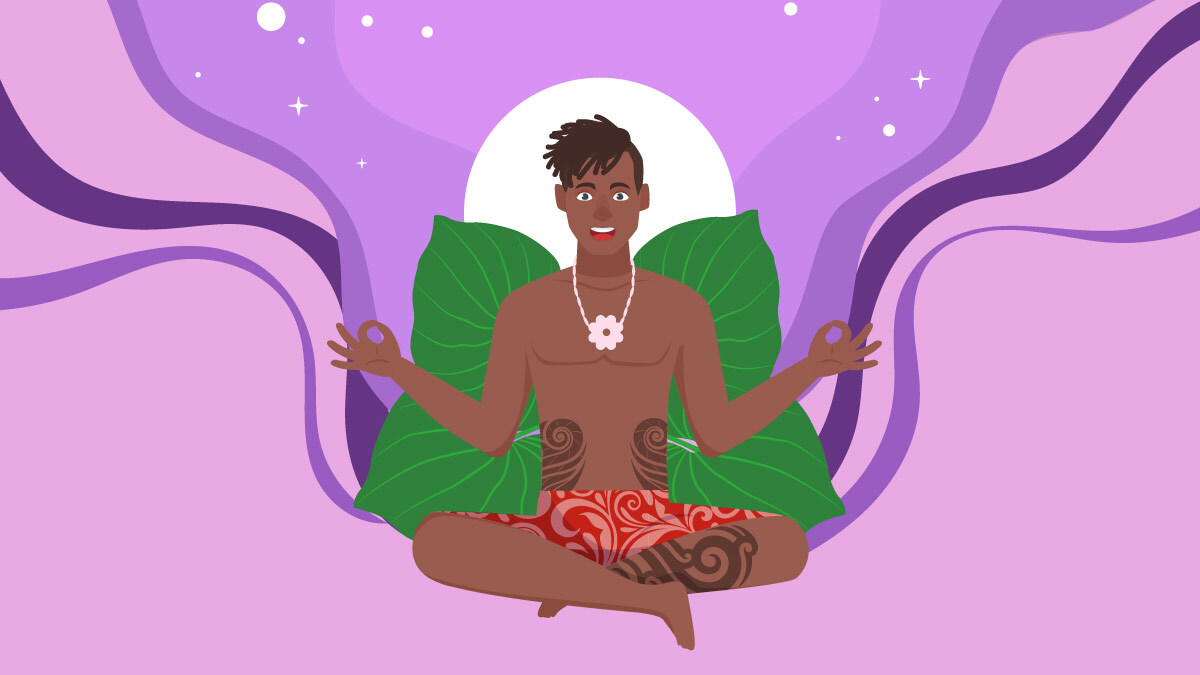Roughly 18% of the population suffers from anxiety — but only 37% of these people seek treatment.
Why do so many people go untreated?
Most people suffer mild forms of anxiety — enough to negatively affect quality of life, but not enough to warrant the use of dangerous and addictive anti-anxiety medications like benzodiazepines.
Even in people with high levels of anxiety, benzos and other anxiety meds aren’t always the best option. They come with a long list of side effects, are extremely addictive, and tend to only remain effective for a few weeks or months at a time.
It’s no wonder so many people are seeking alternative treatment options for their anxiety — which brings us to kava, one of the most popular (and effective) natural anti-anxiety supplements available.
Can kava really support anxiety symptoms? How does it work? What can the research tell us?
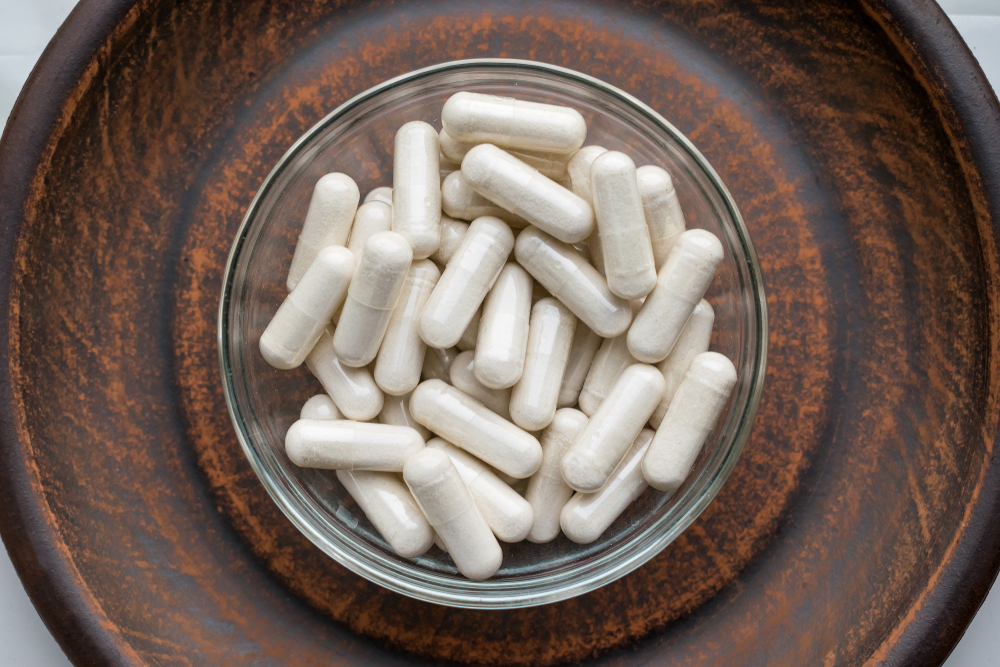
Best Kava Products For Anxiety
- Gold Bee Micronized Kava Root Powder — Best Instant Kava For Anxiety
- Gold Bee Liquid Kava Capsules — Best Kava Capsules For Anxiety
- The Root of Happiness Samoan Ava Root Powder — Best Traditional Kava Powder For Anxiety
- Kavafied Kava BATI — Runner-Up, Best Traditional Kava for Anxiety
What is Kava?
Kava is an herbaceous shrub native to tropical islands of the Pacific ocean such as Fiji, Vanuatu, Tonga, and Samoa. The roots are brewed as strong tea induce states of tranquility, peace, and in higher doses, even a mild intoxication.
Kava is consumed in groups for celebrations and peaceful gatherings — and alone for meditative, and personal reflection. Many people today use kava in capsule form for managing anxiety, insomnia, and muscle tension.
Kava is an unusual plant. It doesn’t produce any seeds. Therefore kava can’t use traditional methods of proliferation. In order to reach new areas to grow, kava must be propagated by cuttings made from the roots — which relies heavily on human intervention.
Kava has many benefits, almost all of which revolve around the interaction between its active constituents — the kavalactones — and the mammalian central nervous system. The effects of the kavalactones are especially relevant for anxiety. They change the balance of neurochemistry from a state of activation, anxiety, and stress, to a state of relaxation, peace, and tranquility.
We’ll cover exactly how this works in more detail below.
People who drink kava feel a general sense of wellbeing. Users often describe feeling carefree and at peace. The stress response is dulled, muscles relax, and racing thoughts begin to settle in the mind.
These effects are the perfect counteraction to anxiety symptoms. Affected individuals feel a sense of impending doom, muscle tension in the neck and back, irritability, and intense worry.
How Much Kava Should I Take For Anxiety?
In general, one dose of kava powder is about 10 grams. This dose may need to be increased or decreased depending on how you respond individually.
The type of kava you use matters too. When using kava for anxiety, you should look for something with a more heady effect profile.
If using capsules or tinctures, follow the advice listed on the label. Recent studies have shown a dose containing around 140 mg of active kavalactones provides reliable anxiety relief. Always check the bottle to find the specific kavalactone content listed in each capsule or each milliliter of the tincture.
We like the liquid kava capsules from Gold Bee — which contain 75 mg of pure kavalactones each. Just take one or two of these to reach the optimal dose.
Most people find a dose of around 10 – 15 grams of a heady kava root such as this Samoan Ava by Root of Happiness, or 15 – 20 grams of the more balanced roots of this Kava BATI root powder.
Alternatively, you can use a micronized kava (instant kava), which requires a much lower dose. The Fijian Micronized Kava Root Powder from Gold Bee, for example, delivers the same concentration of kavalactones in just 1–4 teaspoons (about 2 grams) of kava.
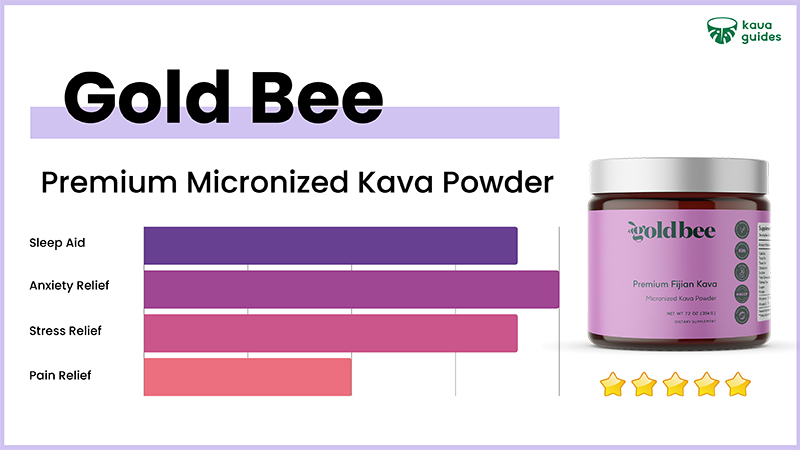
Anxiety 101
Anxiety is a normal and healthy response — in limited amounts.
The human body is meant to feel anxious in situations that could cause us harm. It’s a way to help us avoid and escape danger.
In early human evolution when we first acquired these traits, this meant fending off altercations with wild animals, surviving famine, or recovering from personal injuries.
Anxiety is a tool to help us survive these incidents.
In the modern era, this same anxious response is triggered by other types of events, such as financial instability, tight deadlines, city driving, or relationship struggles. Healthy anxiety can help us stick to our goals, stops us from doing things that could cause us harm (like meeting an important deadline to prevent us from getting fired).
For many people, anxiety becomes pathological — causing us more harm than good.
Anxiety that becomes pathological can have a dramatic negative impact on your life. It can cause you to avoid friends or family, stop doing the activities you love, and can even make it difficult to leave the comfort of your own home.
Anxiety can become problematic in three ways:
- Feeling anxious at inappropriate times (like being in a public or social environment)
- Feeling excessive amounts of anxiety in relation to the situation (like panic attacks triggered by minor stresses or phobias)
- Anxiety episodes that go on for too long, or too frequently (like hyperactive insomnia keeping us awake at night)
Different Types of Anxiety
Anxiety is both a symptom and a condition. There are many causes for feelings of anxiety — such as side-effects from medications or byproducts of other health conditions.
Conditions that involve anxiety as a key element:
- Generalized Anxiety Disorder (GAD) — severe, ongoing anxiety with normal daily activities
- Social Anxiety Disorder (SAD) — fear of being judged or doing something embarrassing in social situations
- Post Traumatic Stress Disorder (PTSD) — severe anxiety as a result of a traumatic event
- Separation Anxiety Disorder — fear of being away from a loved one
- Obsessive-Compulsive Disorder (OCD) — obsessing over thoughts or actions leading to repetitive behavior
- Panic Disorder — recurring panic attacks at random or unexpected times

What Causes Anxiety?
When we feel anxious, what we’re feeling is the body’s stress response.
Stress is designed to help us get out of situations that pose a threat to our health — like coming face to face with a dangerous animal, getting lost or trapped, or sustaining an injury. In these cases, stress and anxiety help us get out of these sticky situations by giving us a surge of energy, increasing our awareness, and inducing a sense of fear to motivate us to leave the situation.
This is called the “fight or flight response” because it conditions the body to either fight off danger, or run away from it.
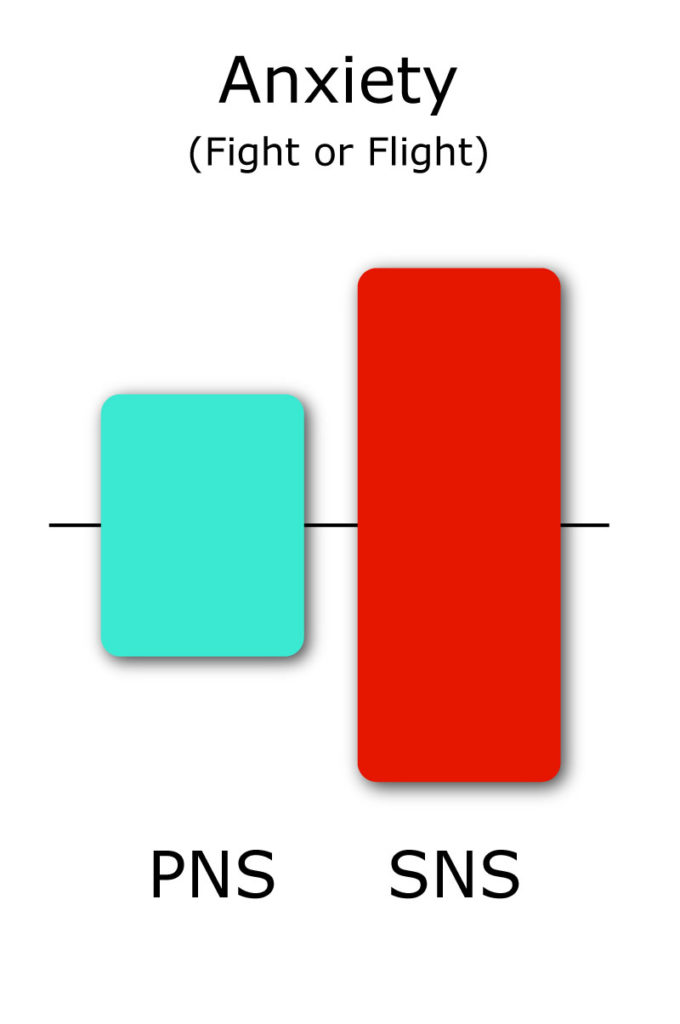
Stress (and therefore anxiety) is controlled by a portion of the nervous system known as the sympathetic nervous system (SNS). It’s what causes changes in the body like a rapid heartbeat, elevated blood pressure, changes in blood pressure, and feelings of worry and mental stimulation. All of these changes are designed to give us the best opportunity to escape trouble.
Once we’ve escaped the cause of the stress, the sympathetic nervous system is reduced, and the opposite side of the nervous system — the parasympathetic nervous system (PNS) — begins to take charge instead.
The PNS is the part of the nervous system that returns everything back to normal. It reduces heart rate and blood pressure, stimulates the immune and digestive systems, relaxes the muscles, and calms the mind.
This is called the “rest and digest” response because it conditions the body to recover from injuries, digest our food, and sleep.
The SNS and PNS are in constant flux with each other — like yin and yang. When the SNS activity increases, PNS activity decreases, and vice-versa.
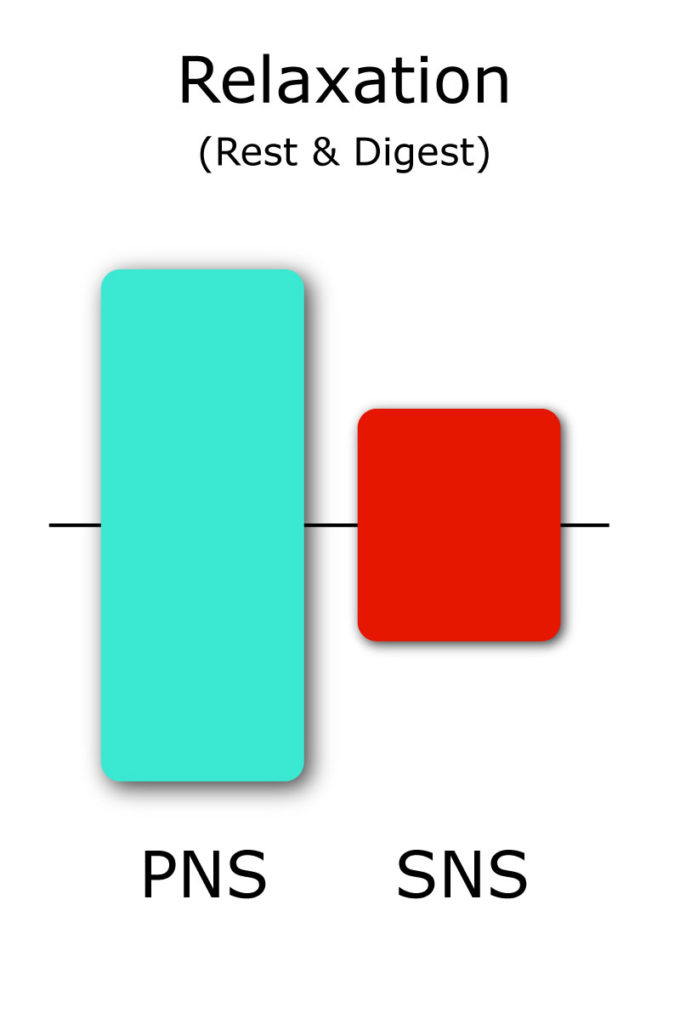
When the SNS is stronger, we may begin to feel anxious, stimulated, and tense. This is called the fight or flight response because it prepares the body to either fight off trouble, or run away to safety.
When the PNS is stronger — we feel relaxed and anxiety-free. This is referred to as rest and digest because this conditions the body to recover from stressful events, digest food, and sleep.
One of the main therapeutic targets of anxiety treatment is to increase the activity of the PNS and reduce the activity of the SNS — pushing the balance of the nervous system closer towards a rest and digest state.
This is exactly what kava does.
Kava & Anxiety: Current Understanding
Kava has many uses, but none with more research to back it up than in the treatment of anxiety disorders.
There have been numerous clinical trials on the use of kava supplements in different models of anxiety from generalized anxiety disorder (GAD), to PTSD. There’s even research investigating the effects of kava on menopause-induced anxiety symptoms. The vast majority of this research showed improvements in anxiety symptoms in groups treated with kava supplements.
What the Research Says
Generalized anxiety disorder is a state of repetitive, often severe anxiety. This is a very common form of anxiety, thought to affect roughly 3% of the population. It’s difficult to diagnose since this condition can present differently from one person to the next.
A double-blind, placebo-controlled clinical trial published in the late 90s involving 101 patients with generalized anxiety and other non-psychotic anxiety found clear, significant improvements in the kava treatment group compared to placebo [1]. This was one of the best studies on the use of kava for anxiety we have because it involved a large treatment group (101 participants), numerous testing parameters to measure changes in symptoms, and a long study duration (25 weeks).
Researchers in this study found improvement in both the short term and long term kava supplementation at a dose equivalent of 140 mg kavalactones.
Another study investigated the effects of kava on menopause-induced anxiety episodes. This study found a dose containing 210 mg of kavalactones was able to reduce anxiety symptoms in susceptible patients in as little as one week of treatment [2].
Perhaps the largest body of research investigating the effects of kava on anxiety was a meta-analysis published in 2005. This analysis compared six placebo-controlled clinical trials investigating the effects of kava on anxiety disorders.
Researchers in the study concluded that kava has clear benefits towards a few different forms of anxiety (except anxiety caused by psychotic disorders). They even suggested kava as a potential alternative to pharmaceutical anxiety medications like benzodiazepines or selective serotonin reuptake inhibitors (SSRIs) [3].
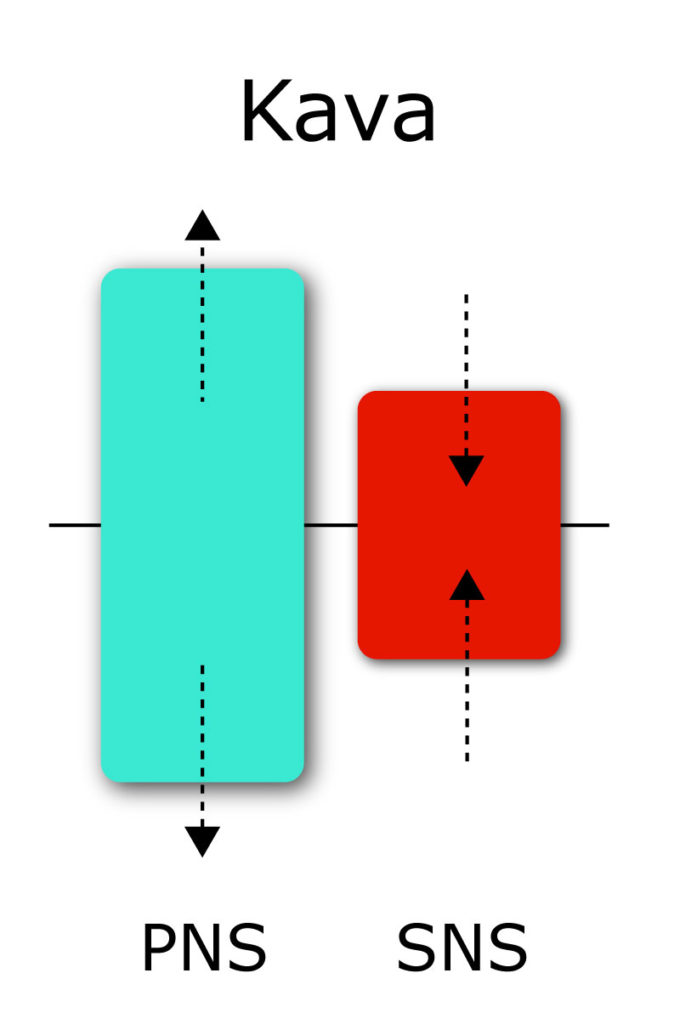
How Kava Works
It’s clear kava has a lot of potential for various different forms of anxiety — but how does it work?
On a holistic level, kava extracts shift the balance of the central nervous system from a state of SNS dominance (fight or flight), to PNS dominance (rest and digest).
It achieves this through a series of complex interactions to key neurotransmitters in the brain.
Let’s put kava under the microscope and investigate how it achieves this central nervous system shift on a biochemical level.
The active ingredients of kava are collectively referred to as kavalactones. There are roughly 18 of these in the plant, but just six of them that make up the vast majority of the total kavalactone content and contribute the lion’s share of kava’s effects:
- Desmethoxyyangonin (DMY)
- Dihydrokavain (DHK)
- Yangonin (Y)
- Kavain (K)
- Dihydromethysticin (DHM)
- Methysticin (M)
Each of these kavalactones exerts slightly different effects on the central nervous system — some inhibit the stimulating neurotransmitter glutamate, others increase the activity of the neuroinhibitory GABA, others are more specific to serotonin, dopamine, endorphins, or norepinephrine.
Kava & the GABA Receptors
The biggest impact of the kavalactones on anxiety appears to be their effects on GABA — which is the same mechanism of action as anti-anxiety for medications like barbiturates or benzodiazepines.
GABA is the main regulator driver of the parasympathetic nervous system (PNS).
Like benzodiazepines, the kavalactones don’t directly stimulate GABA, nor do they activate the GABA receptors directly. Instead, they’re thought to modulate the GABA receptors. This means it changes the receptor in some way to make existing GABA more efficient.
When GABA activates the receptor it causes a change in the nerve cell that results in a change in action potential — ultimately making it harder for the neuron to conduct electrical signals.
With less electrical activity in the brain, we get a reduction in anxiety.
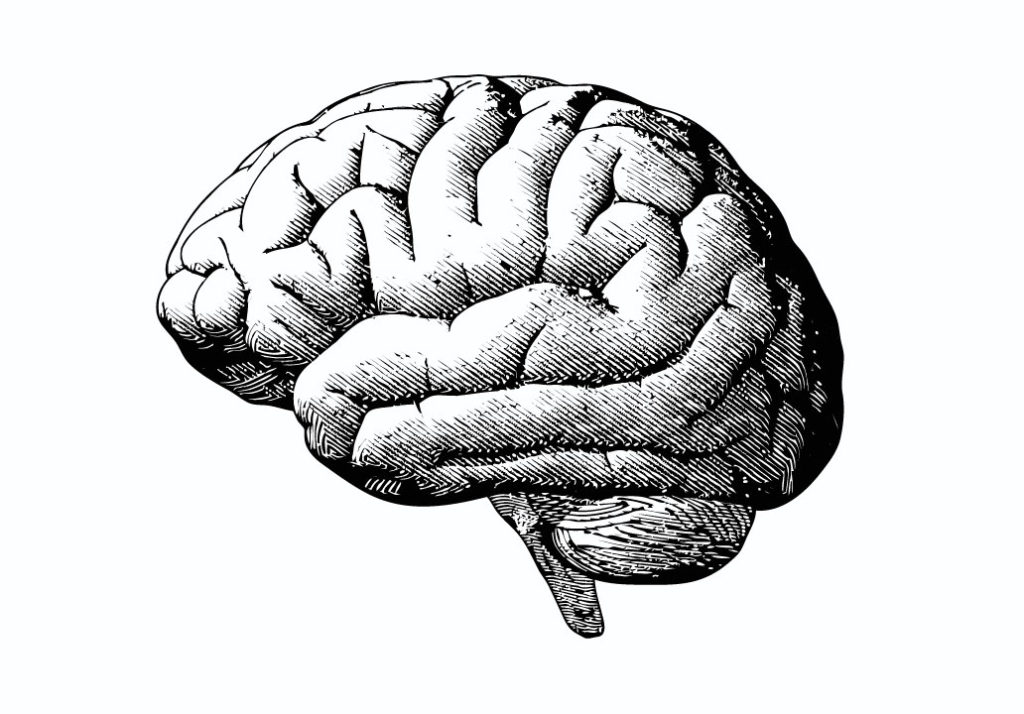
Kava & Other Neurotransmitters
Other neurotransmitters are also affected by the kavalactones — such as norepinephrine, serotonin, dopamine, glutamate, and endocannabinoids like anandamide and 5-AG. Many of these neurotransmitters also play a role in anxiety.
Neurotransmitters & Their Theoretical Role In Anxiety
| Neurotransmitter | Involvement With Anxiety |
| GABA | The main inhibitor of anxiety and hyperstimulation in the brain. |
| Glutamate | The main stimulating neurotransmitter in the brain. High glutamate activity often correlates with anxiety. |
| Serotonin | Primarily regulates mood, but may also impact anxiety. High serotonin often correlates to lower anxiety levels. |
| Dopamine | Primarily involved with mood regulation but may affect anxiety levels as well. High dopamine may lead to anxiety through psychotic mechanisms. |
| Norepinephrine | One of the key neurotransmitters involved in the fight or flight response. High levels often correlate with anxiety. |
Each kavalactone has its own unique impact on these neurotransmitters — which is what accounts for so much variability in effects when it comes to different strains of kava compared to others. Depending on the ratio of different kavalactones in a particular sample of kava, the effects will be slightly different.
Some kava strains have stronger sedative actions, others are better for upregulating mood or relaxing the muscles.
Researchers are still seeking to understand exactly how the balance of different kavalactones affects our neurotransmitters — and therefore mood, mental energy levels, and sleep.
Using the kava chemotype codes, we may be able to get a clue for which strains of kava have the best effect for anxiety when we understand the individual effects of each kavalactone.
Summary of Our Current Understanding of Kavalactones and Their Impact on Neurotransmitter Activity in the Brain
| Code | Kavalactone | Pharmacological Effects | Neurotransmitters Affected |
| 1 | Desmethoxyyangonin (DMY) | Muscle relaxant | Dopamine (↑) |
| 2 | Dihydrokavain (DHK) | Sedative Anxiolytic | Serotonin (↑) GABA (↑) |
| 3 | Yangonin (Y) | Anxiolytic | Dopamine (↓) Serotonin (↓) Endocannabinoids (↑) |
| 4 | Kavain (K) | Muscle relaxant Anxiolytic | Glutamate (↓) Serotonin (↑) Dopamine (↓) |
| 5 | Dihydromethysticin (DHM) | Induces prolonged deep sleep and mild ataxia (loss of muscle coordination) Neuroprotective Muscle relaxant Emetic Anxiolytic | GABA (↑) Serotonin (↑) |
| 6 | Methysticin (M) | Neuroprotective Sedative | GABA (↑) Glutamate (↓) |
What’s the Best Kava Strain for Anxiety?
There are dozens of different kava strains available — each with its own unique ratio of kavalactones. As we’ve just discussed, each kavalactone has a different effect on various neurotransmitters.
With the current state of research, we don’t have qualitative information on which strains are the most effective for treating anxiety. Most of the information we have on the effects of specific kava strains and their effectiveness for symptoms like anxiety comes from anecdotal reports of the people that have used them.
The Best Kava Strains for Anxiety Include:
- Rahmwahnger Kava
- Borogu Kava
- Loa Waka Kava
- Pouni Ono Kava
What Type of Kava is Used In Research?
Most of the research on kava use a specific preparation — called “kava extract WS® 1490”. The purpose of this standardized extract is to ensure all kava research is the same. It helps researchers lock in the effects of the plant without having to account for insane amounts of variability from using one strain to the next. This extract only standardizes the total kavalactone content, not the individual kavalactones.
Therefore, it’s possible that each WS 1490® extract has a different kava chemotype code.
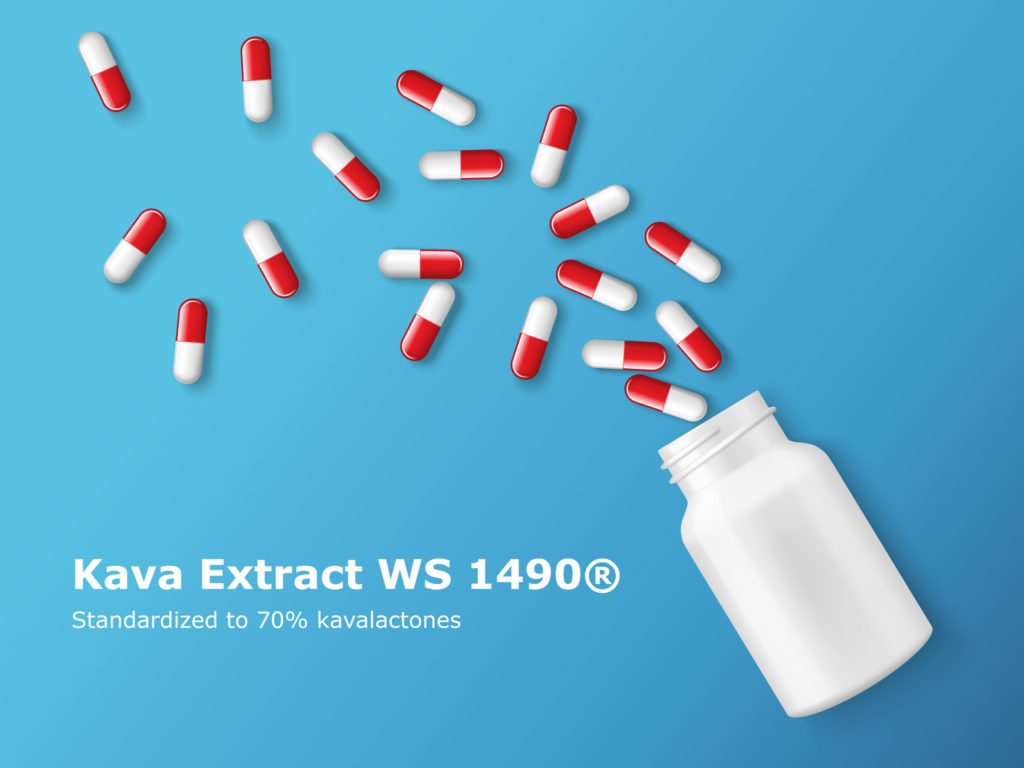
Does Kava Have Any Side-Effects?
Kava is an herb with powerful effects on the body. Therefore, it should come as no surprise that there are some potential side-effects.
Most of the side-effects of this herb involve its therapeutic effect — like over sedation or intoxication. These side-effects rarely occur at the recommended dosage range of 70 – 300 mg equivalent kavalactone content. Side-effects are much more common in higher doses.
With that said, kava has been shown to be safe through clinical trials, and numerous animal studies searching for the lethal dose of kava.
The most common side-effects of kava include:
- Dilated pupils
- Fatigue
- Headaches
- Indigestion
- Lightheadedness
- Facial puffiness
- Visual disturbances
The less common, and more severe side-effects include:
- Enlarged liver
- Increased red blood cell count
- Kava dermopathy (scaly skin)
- Lowered serum protein (less protein in the blood)
- Lymphocytopenia (low lymphocyte levels)
- Pulmonary hypertension
- Thrombocytopenia (lower blood plasma levels)
Other Treatment Options for Anxiety
Anxiety is a complex issue, that may involve multiple neurotransmitter imbalances, underlying medical conditions, traumatic events, behavioral issues and much more. Finding the cause for your anxiety specifically is the first step to getting it under control. Only once the cause of anxiety has been identified can you begin to take measures to eliminate it.
What causes anxiety for one person, may not be the cause for someone else. So always speak with a doctor before you take anything to alleviate anxiety — especially severe, or chronic anxiety.
Once the cause has been identified, it’s important to find ways to alleviate that cause directly. This could include things like:
- Nutrient deficiencies
- Abusive relationships
- Side-effects from medications
- Underlying health conditions
- Psychological trauma
- Poor work/life balance
- Dehydration
Many experts agree that anxiety is best managed through a multifaceted approach — meaning that you take more than one step to alleviate symptoms at a time.
Combining multiple approaches together often provides more thorough benefits towards the condition. Here are some of the best ways to manage anxiety:
- Drink plenty of water throughout the day — aim for about 2 L of water each day
- Meditate — even as little as 10 minutes of meditation per day can make a difference
- Ensure you’re getting at least 8 hours of sleep each night
- Reassess parts of your life bringing you anxiety — this may involve leaving a relationship or finding a new job
- Take supplements under the guidance of a health professional — magnesium, l-theanine, and the B vitamins are common suggestions
- Eat a balanced diet rich in fruits and veggies
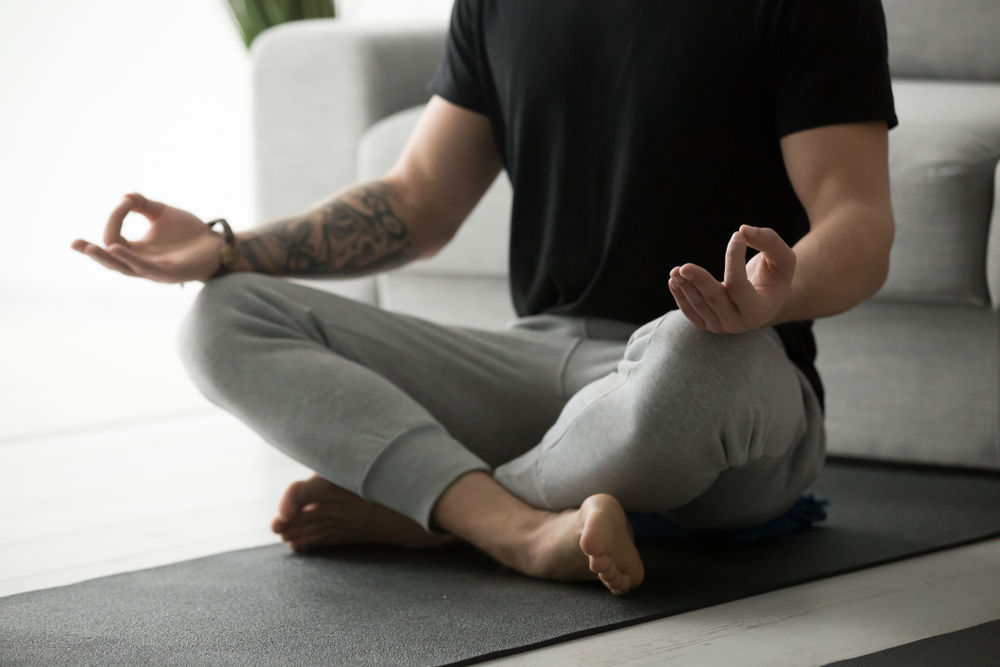
Final Takeaway: Kava & Anxiety
Anxiety is a common condition in the modern era. Our fight or flight response evolved a few hundred thousand years ago to help early humans survive difficult and dangerous situations like coming face to face with a hungry animal.
In the modern era, this fight or flight response is activated by many different activities — from tight deadlines at work, relationships, or financial struggles. On top of this, the world around us constantly demands our attention. All of this likely contributes to the high prevalence of anxiety disorders in the world today.
Although it’s important to learn how to manage anxiety on our own, kava is an excellent tool to help keep symptoms in check.
This useful herb works by interacting with various neurotransmitters in the brain — such as GABA — to shift the balance from a state of hyperactive anxiety to a more relaxed state.
This useful herb could just be one of the most important supplements of our era thanks to its powerful effects on anxiety.
References
- Volz, H. P., & Kieser, M. (1997). Kava-kava extract WS 1490 versus placebo in anxiety disorders-a randomized placebo-controlled 25-week outpatient trial. Pharmacopsychiatry, 30(01), 1-5.
- Warnecke, G. (1991). Psychosomatic dysfunctions in the female climacteric. Clinical effectiveness and tolerance of Kava Extract WS 1490. Fortschritte der Medizin, 109(4), 119-122.
- Witte, S., Loew, D., & Gaus, W. (2005). Meta‐analysis of the efficacy of the acetonic kava‐kava extract WS® 1490 in patients with non‐psychotic anxiety disorders. Phytotherapy Research: An International Journal Devoted to Pharmacological and Toxicological Evaluation of Natural Product Derivatives, 19(3), 183-188.
- Baum, S. S., Hill, R., & Rommelspacher, H. (1998). Effect of kava extract and individual kavapyrones on neurotransmitter levels in the nucleus accumbens of rats. Progress in Neuro-Psychopharmacology and Biological Psychiatry, 22(7), 1105-1120.
- Yuan, C. S., Dey, L., Wang, A., Mehendale, S., Xie, J. T., Aung, H. H., & Ang-Lee, M. K. (2002). Kavalactones and dihydrokavain modulate GABAergic activity in a rat gastric-brainstem preparation. Planta medica, 68(12), 1092-1096.
- Ligresti, A., Villano, R., Allarà, M., Ujváry, I., & Di Marzo, V. (2012). Kavalactones and the endocannabinoid system: the plant-derived yangonin is a novel CB1 receptor ligand. Pharmacological Research, 66(2), 163-169.
